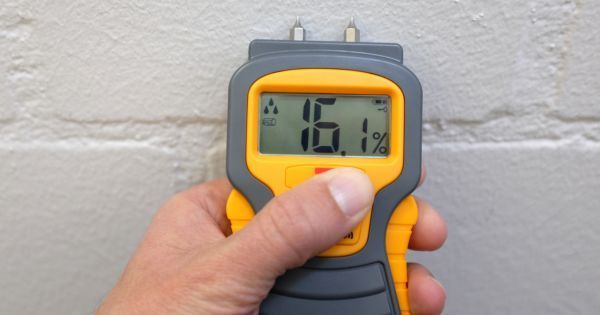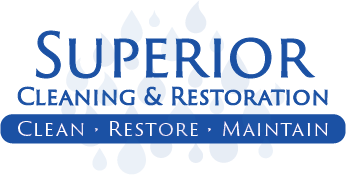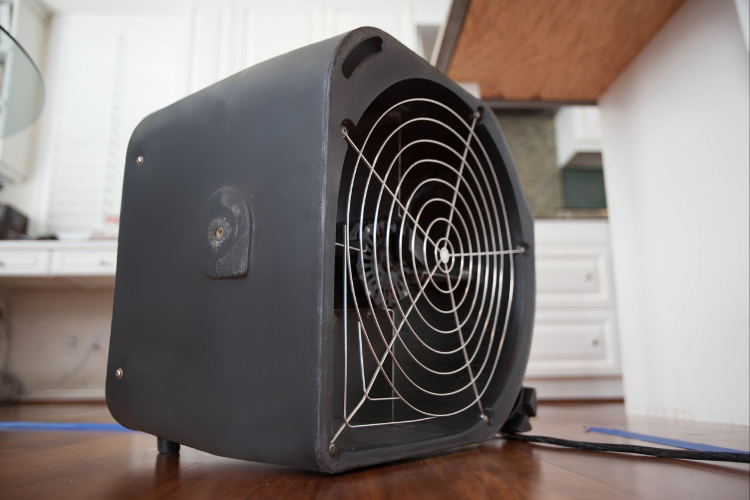
Water damage restoration is a key service when dealing with the consequences of floods, leaks, or plumbing issues. It's not just about drying things up, it's about understanding the extent of the damage to your property. This process begins with a thorough water damage assessment. In this blog post, we'll dive into everything you need to know about assessing water damage, from its causes and types to the techniques and tools used in the assessment.
Water Damage: Causes and Types
Water damage can result from different sources, including burst pipes, overflowing appliances, heavy rains, or structural issues. Regardless of its origin, water damage can manifest in different ways, such as:
- Flooding: Resulting from natural disasters or plumbing failures.
- Leaks: From roofs, pipes, or appliances.
- Moisture: Seeping into walls, floors, and ceilings, leading to mold growth and structural deterioration.
The Importance of Assessment: Why It Matters
Tackling water damage is vital for several reasons. First of all, it helps determine the extent of the damage, which helps in guiding the restoration process. Second of all, it allows homeowners to identify potential health hazards like mold and mildew. Lastly, a thorough assessment ensures that no hidden damage goes unnoticed, preventing future issues.
Signs of Water Damage
Identifying water damage early can prevent costly repairs and health risks. Some common signs include:
- Standing Water: Puddles of water or pooling in unexpected areas, such as basements or around appliances, suggest active leaks or flooding.
- Discoloration: Stains or patches on walls, ceilings, or floors are a telltale sign of water damage.
- Visible Mold Growth: Mold can appear as fuzzy patches or dark spots on walls, ceilings, or other surfaces.
- Smells: Musty smells typically indicate mold or mildew.
- Peeling Paint or Wallpaper: Resulting from moisture seepage.
- Sagging or Warped Surfaces: Such as walls or ceilings.
Assessment Techniques: Tools and Methods
How to assess water damage? While you can try to it on your own, professionals use different tools and methods to do water damage evaluation properly. These steps are usually the ones they follow:
Identification and Stopping of the Water Source:
The first priority for professionals is to identify and stop the source of water. This may involve shutting off the main water supply if the source is a burst pipe or turning off appliances if they are leaking. By doing this, professionals prevent further water damage and mitigate additional
water damage risks.
Identification of the Type of Water:
Not all water damage is the same, and professionals need to identify the type of water involved to assess the severity of the damage and determine appropriate restoration methods.
Water is categorized into three types:
- Clean Water: Comes from sources like broken pipes or rainwater. It poses minimal health risks.
- Grey Water: Contains contaminants like soap or chemicals from appliances or drains. It may cause discomfort or illness if swallowed.
- Black Water: Highly contaminated water from sewage backups or flooding. It contains harmful bacteria and pathogens and causes significant health issues.
Checking the Extent of the Water Damage and Inspecting the Areas:
Professionals examine walls, ceilings, floors, and other structural elements for signs of water seepage. Using moisture meters and infrared cameras, professionals can detect hidden moisture behind walls or in building materials.
Moving or Blocking Furniture:
Moving furniture allows professionals to access all areas affected by water damage for thorough inspection and restoration. On the other hand, blocking furniture helps protect it from additional water exposure or damage during the restoration process.
Assessing Different Areas: Common Problem Areas
Different areas of a property may be prone to water damage. Some common problem areas include:
- Basements: Basements are prone to flooding and moisture due to their underground location.
- Attics: Leaks from roofs or improper ventilation can lead to water damage.
- Bathrooms and Kitchens: Plumbing fixtures and appliances increase the risk of leaks and water entering.
DIY vs Professional Assessment
While homeowners can do initial inspections for signs of water damage, professional assessment offers several advantages. With advanced equipment like moisture meters and thermal imaging cameras, they can detect even subtle and hidden signs of water seepage. In addition, their experience allows for detailed evaluations, considering factors such as moisture levels and structural integrity. These assessments provide homeowners with tailored recommendations and solutions to tackle identified issues in the right way, and also minimize further damage and preventi future problems. However, for routine checks and maintenance, DIY assessments can still be valuable and cost-effective.
Documenting the Assessment: Record Keeping
Documenting the water damage assessment is important for insurance claims and future reference. Keep detailed records, including photographs, notes, and inspection reports. This documentation serves as evidence of the damage's extent and helps in the restoration process.
Interpreting Results: What They Mean
Once the assessment is complete, understanding the results is important. Assessments may reveal the severity of the damage, affected areas, and potential risks. Interpretation helps professionals develop an fit restoration plan tailored to the property's specific needs.
Next Steps After Assessment: Planning Restoration
After assessing the water damage, the next step is planning the restoration process. This may involve water extraction, drying, dehumidification, mold remediation, and repairs. A detailed restoration plan ensures the property is restored to its pre-damage condition.
Contact Superior Cleaning & Restoration for Expert Help
Don't let water damage risks linger.
Contact Superior Cleaning & Restoration for professional water damage restoration services today. Our team is equipped with the expertise and tools to handle any water damage situation in no time. Give us a call at (715) 768-6030 or send us a message through the online form on our website.



